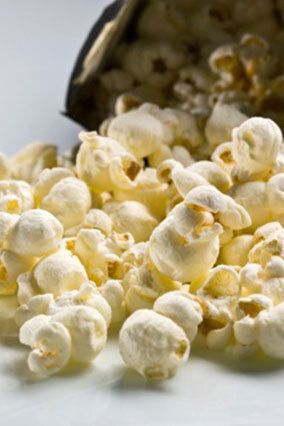It's a silent epidemic that plagues students on holiday. It peaks in late summer, as the novelty of sleeping in and watching Netflix fades to restlessness and deprived brains crave stimulation. Symptoms are lethargy, and whining "I'm booored" by stretching one syllable into two.
The good news is that boredom is curable. Reading is the antidote.
Every parent is armed with the generic, well-meaning, "Why don't you read a book?" response, but it helps to offer an actual recommendation. Suggest socially conscious books, and you might cure more than just boredom.
The case to keep reading during summer months is obvious -- students activate their imaginations, learn to problem solve, follow a story through narrative and empathize with characters.
In the wise words of Dr. Seuss, "The more that you read, the more things you will know. The more that you learn, the more places you'll go." And we're not just saying that because we've written our own children's books.
Books with an overt moral message offer even more rewards as children learn about bullying, global issues, or the importance of helping others. Early exposure to sensitive or complex issues in age-appropriate books will make news items easier to digest as children get older, and instill a sense of empathy and responsibility.
It's never too early to use the potency of story to illustrate a lesson. Kids have to learn about causes before they can care about them.
"Unless someone like you cares a whole awful lot, nothing is going to get better. It's not."
Here are some socially conscious alternatives to boredom.
Stan and Jan Berenstain (ages 3-7)
When everyone's favourite family of talking bears finds that their house is full of clutter, Mama Bear convinces the family to give away unused items to charity. What parent wouldn't want to teach their kids a two-tiered lesson about cleaning and altruism?
Kathryn Otoshi (4-8)
When Red picks on Blue, the other colours comfort Blue -- but they don't stop the bully. This is a simple story that illustrates colours and numbers with teachable moments about standing up to bullies, even when someone else is the victim.
Danielle Speckhart (4-8)
Annie the ant thinks she's too small to volunteer. But with a bit of encouragement from her mom, she soon rallies all of her insect friends to plan a volunteer day. Even little ones will get the message that you're never too small to make a big difference.
Robin Wiszowaty (4-8)
Follow young Robin Wiszowaty on her adventures living with the Maasai in a remote community in Kenya. Robin learns about Maasai culture, and discovers how the lifestyles in her hometown in suburban Illinois effect people living half way around the world.
If the World Were a Village: A Book about the World's People [Second edition]
David J. Smith (8-12)
In 2002, this book first had readers imagine what the world would look like if the global population of 6.8 billion shrunk down to a village of 100 people. The world-as-village metaphor is a great way to help children understand wealth distribution, and the lives of people across oceans, using accessible numbers. The second edition includes updated statistics and information about food security and health for a lesson in global citizenship.
Katie Smith Milway and Eugenie Fernandes (8-12)
Kojo is a young boy from Ghana. When his father dies, Kojo must quit school to help his mother with chores. But when his mother gives a small portion of a loan she receives from village families to her son, Kojo buys a hen. Soon Kojo has the largest poultry farm in West Africa. He is able to return to school. The best part? It's based on a true story.
If your child shows interest, you might help them choose an entrepreneur to support as a family through Kiva, or another online-based microfinance program.
Linda Sue Park (10 and up)
Nya walks for eight hours each day to fetch water for her family. Salva leaves his war-torn village and becomes a refugee, destined to walk through desert and lion territory. This is an emotional novel based on the true story of troubled Sudan that teaches young readers about conflict in other countries, and about the importance of clean water.
Edited by E. Kristin Anderson and Miranda Kenneally (12 and up)
Over 70 YA authors write uncensored letters to their teenage selves, and cover a range of issues from friendships and first loves to bullying, body image, insecurities and regrets.
Patricia McCormick (13 and up)
Arn is taken from his family as a child and moved to the countryside of Cambodia, where soldiers force him to work in the rice paddies. He steals food to feed himself and the other children, avoiding the deadly Khmer Rouge. Despite everything, Arn grows up to become man of peace. Based on a true story.
Craig and Marc Kielburger are founders of international charity and educational partner, Free The Children. Its youth empowerment event, We Day, is in 11 cities across North America this year, inspiring more than 160,000 attendees from over 4,000 schools. For more information, visit www.weday.com
